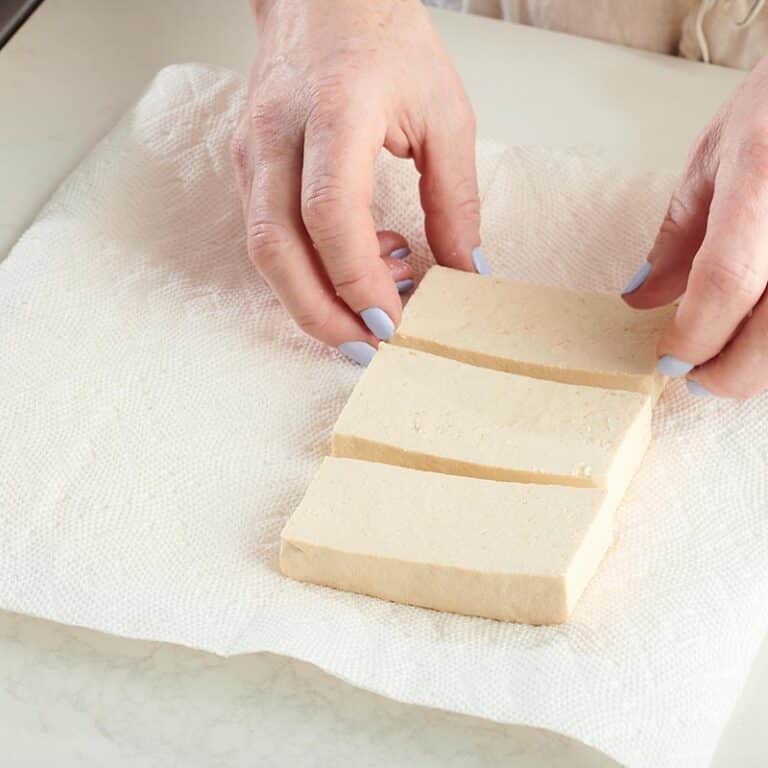
Someone may ask you about pressing tofu and why this has to be done. The truth is that you can do a DIY in making tofus, or you may opt to use a tofu presser. Before everything else, why do we need to press tofu?
What is tofu pressing for?
By pressing tofu, this literally means pressing tofu. When you work with an extra firm tofu, this means you have press it to remove excess water from it. Watery tofu means that you will have a bland mush. So this means when you squeeze water from the tofu, this will allow you some room for the tofu to suck up more marinade. This will also give the tofu the crisp you desire when it is fried.
When is it done?
When you follow a recipe, make sure that you press tofu only when you are told to do so. When you do the pressing even if it is not required, this might ruin the entire dish. When you prepare your own recipes, you must only press the extra-firm tofu or the firm one. Any other type of tofu is too soft. There is no need to press tofu in this case.

Different types of tofu
Tofu is created following the process like that of cheese making. The kind of coagulant as well as the length of time the curds are pressed influence the type of tofu formed and its texture. There is no standards to the firmness of tofu, which means that this can vary between brands,
Plain or block tofu
The snowy-white or off-white tofu is a plain tofu which is often cut into large blocks, stored, and packaged in water. Plain tofu often has a firm texture. This can be used in numerous ways such as stir-frying, soups, and noodles. You may often find plain tofu with a label of its firmness.
Soft: This has the texture of a yogurt or pudding.
Medium: This tofu may hold up. It is porous enough for absorbing flavors and sauces.
Firm or extra firm: This means the tofu is less porous and less flavor can be absorbed. This is great for pan cooking, stir-frying, and grilling.
Super firm: This is firmer than the extra firm tofu and less porous as well. This is the type of tofu that works best with pan- or deep-frying.
Silken tofu: This is made using a thicker soymilk compared to the one used for a block tofu. Instead of being pressed, this is often left to coagulate and thicken, resulting in a soft, silky, and scoopable tofu.








